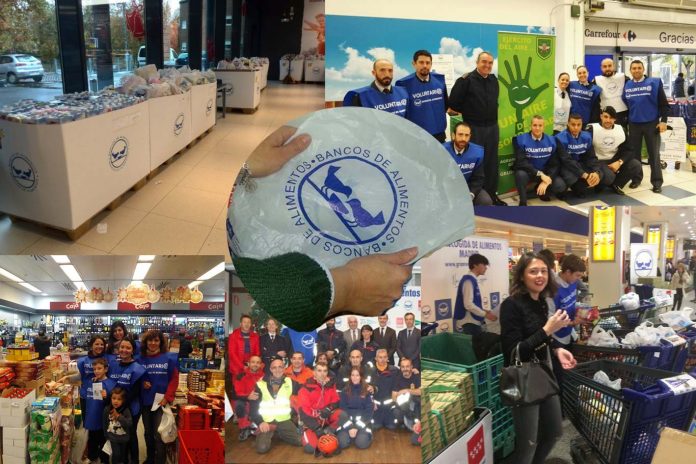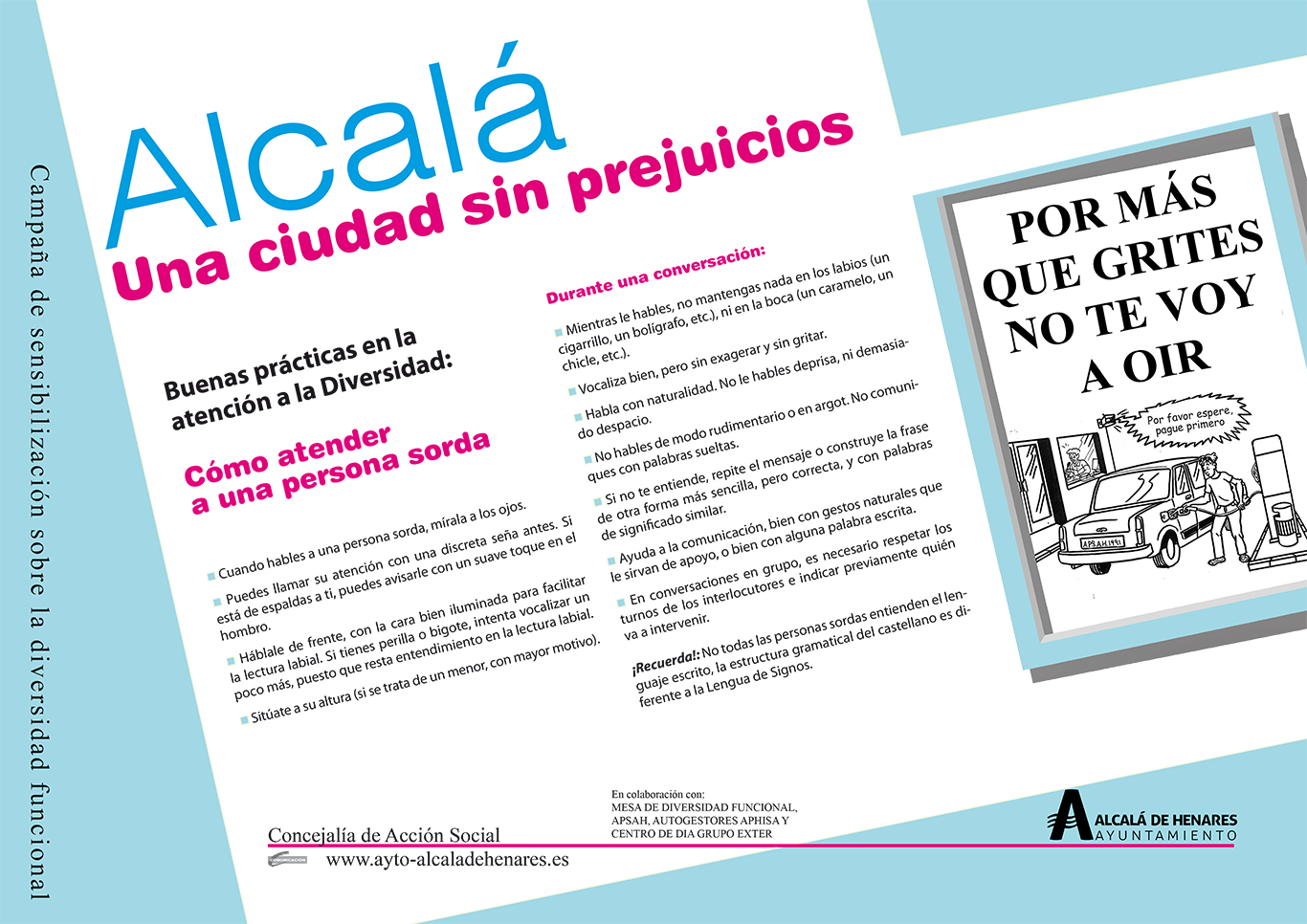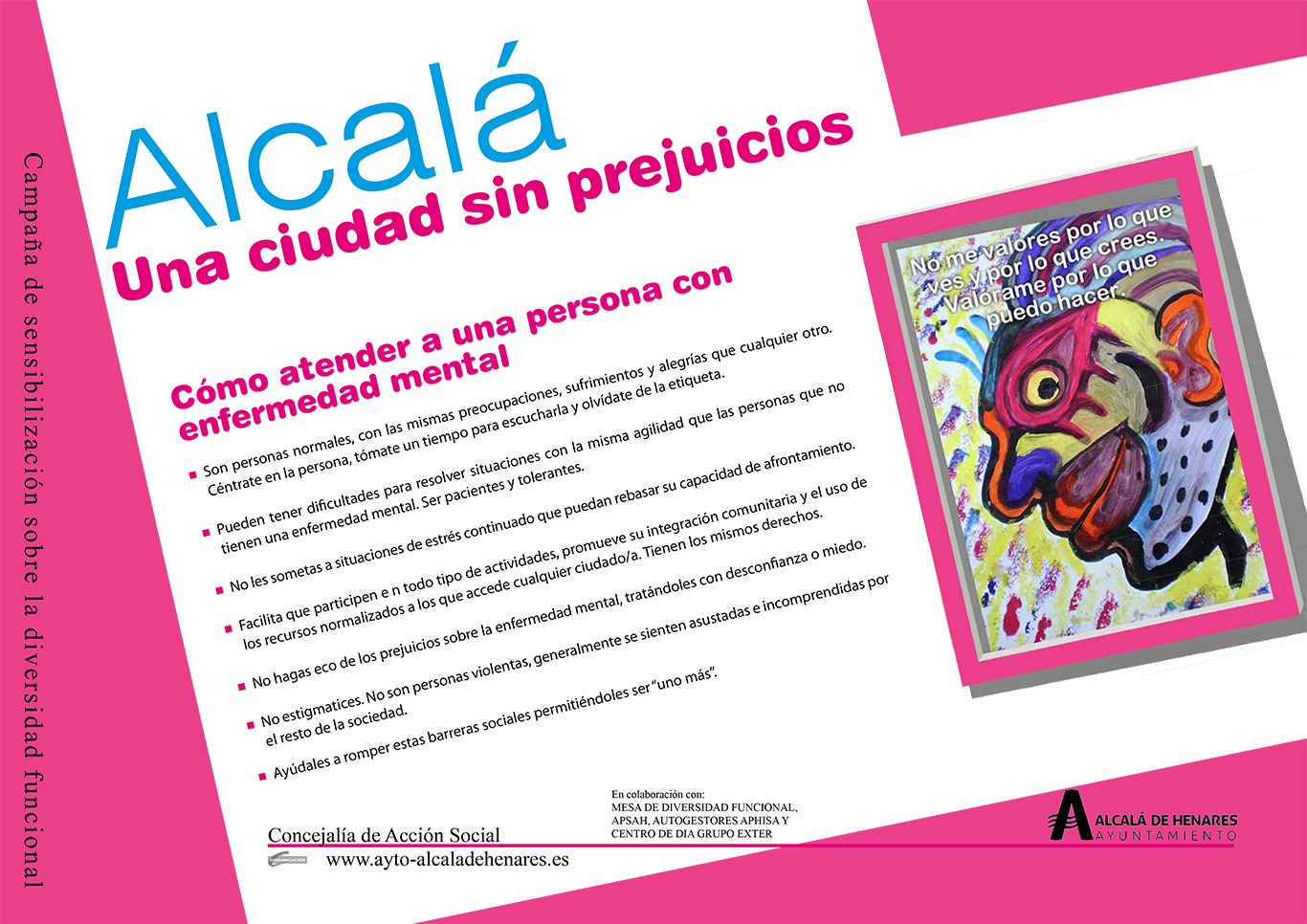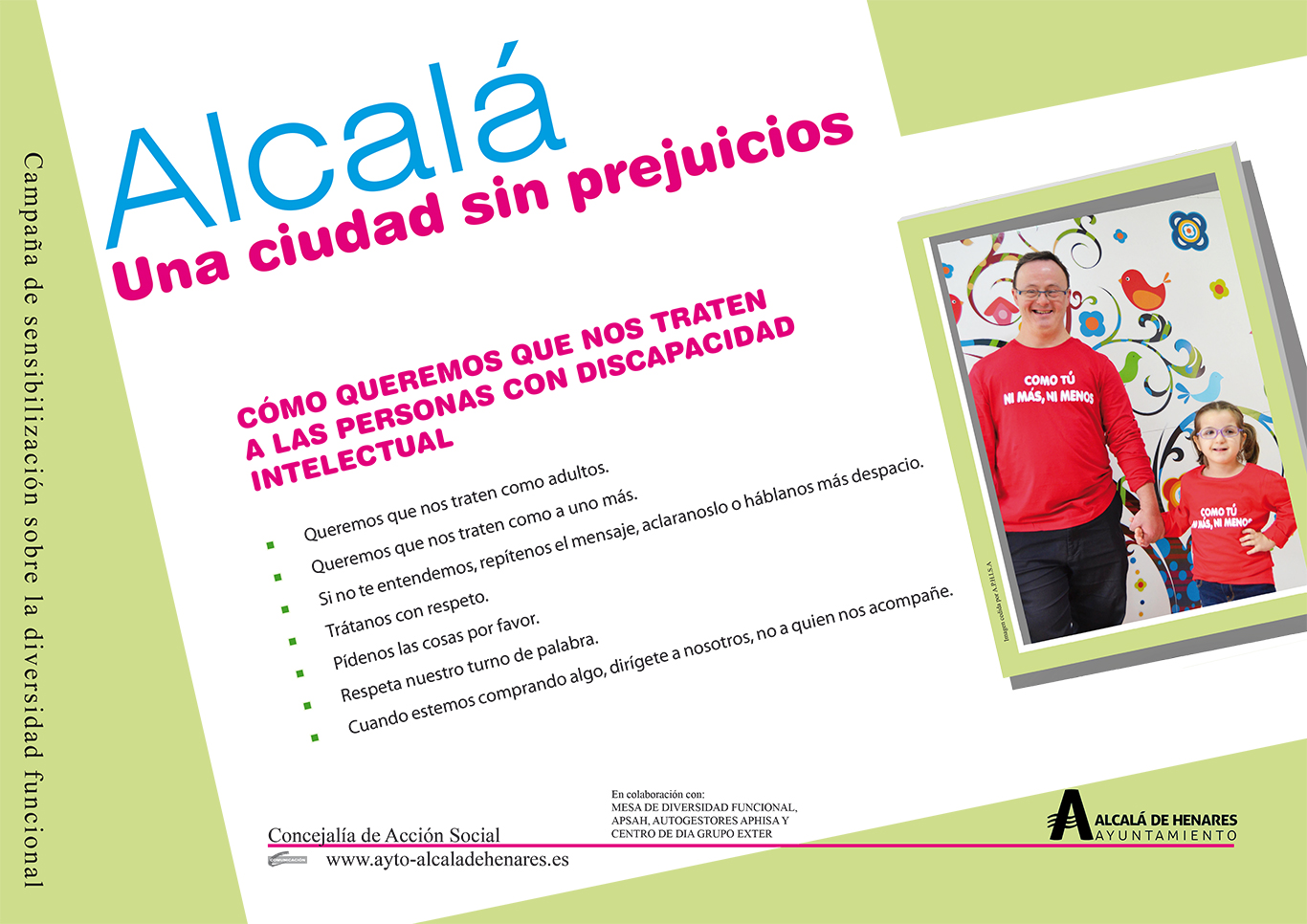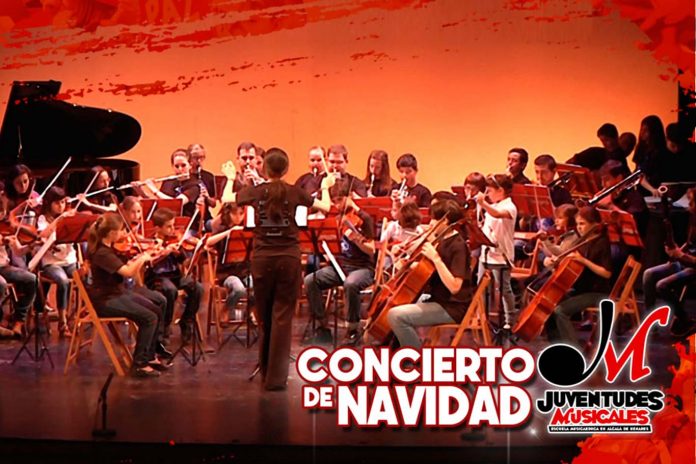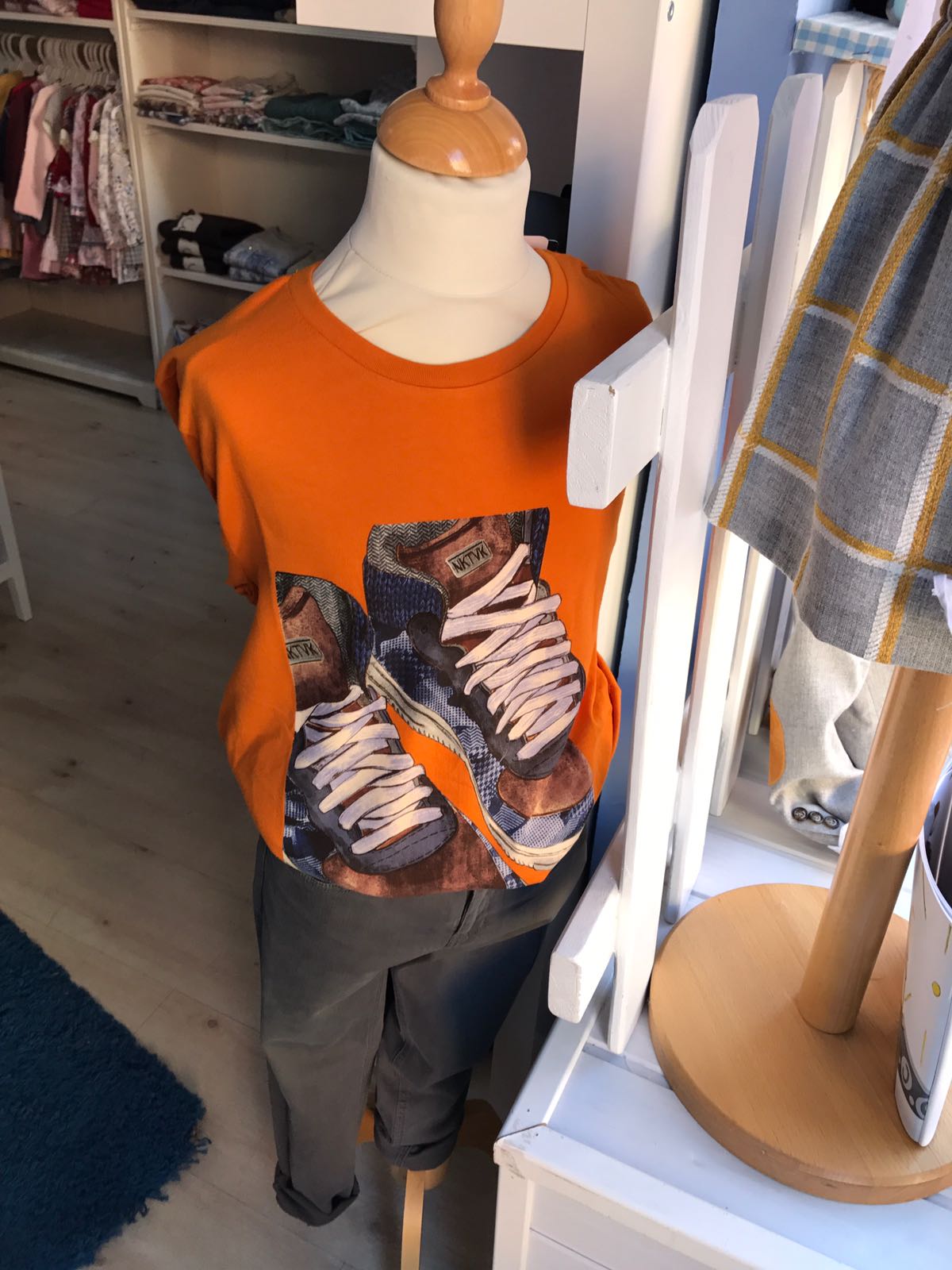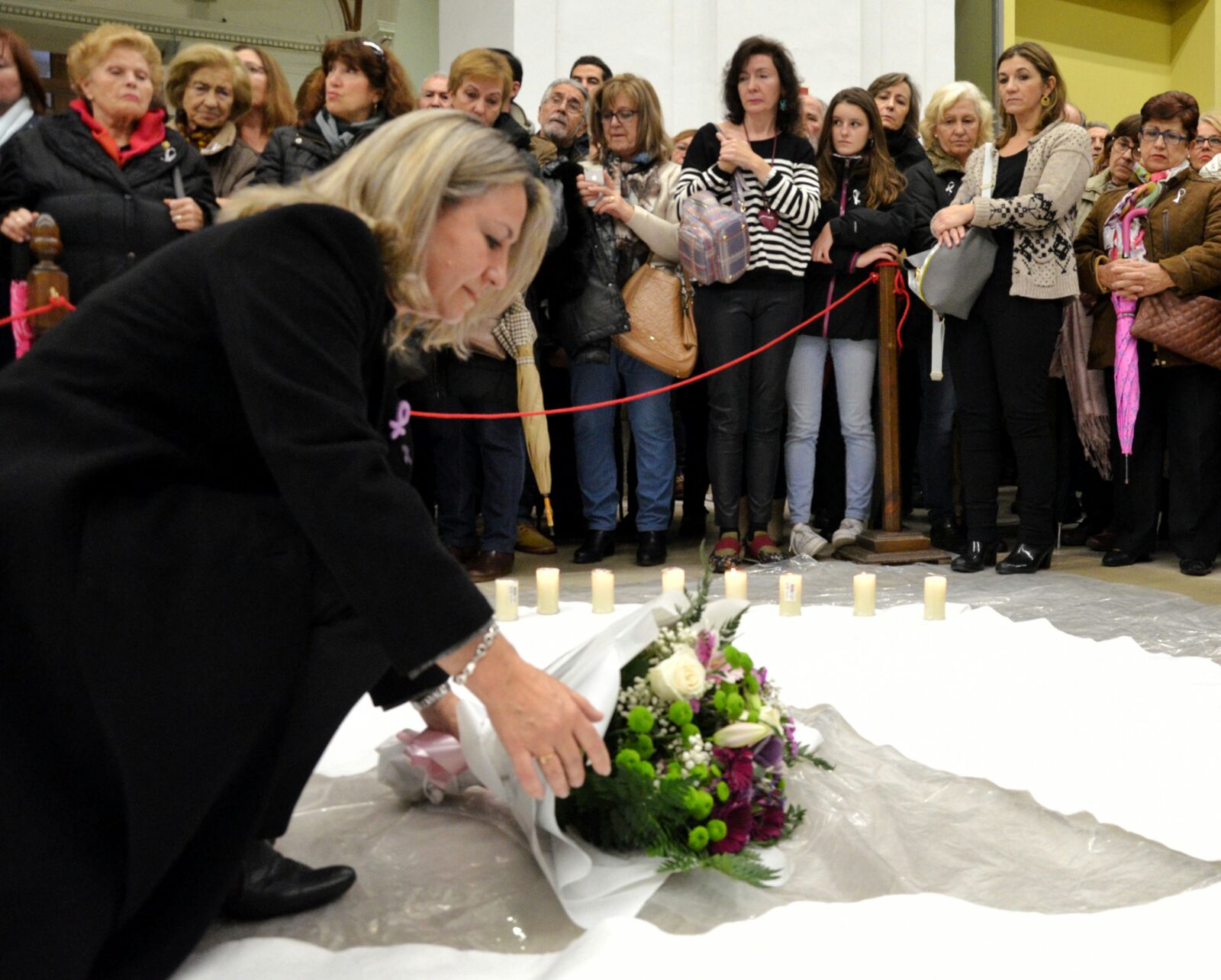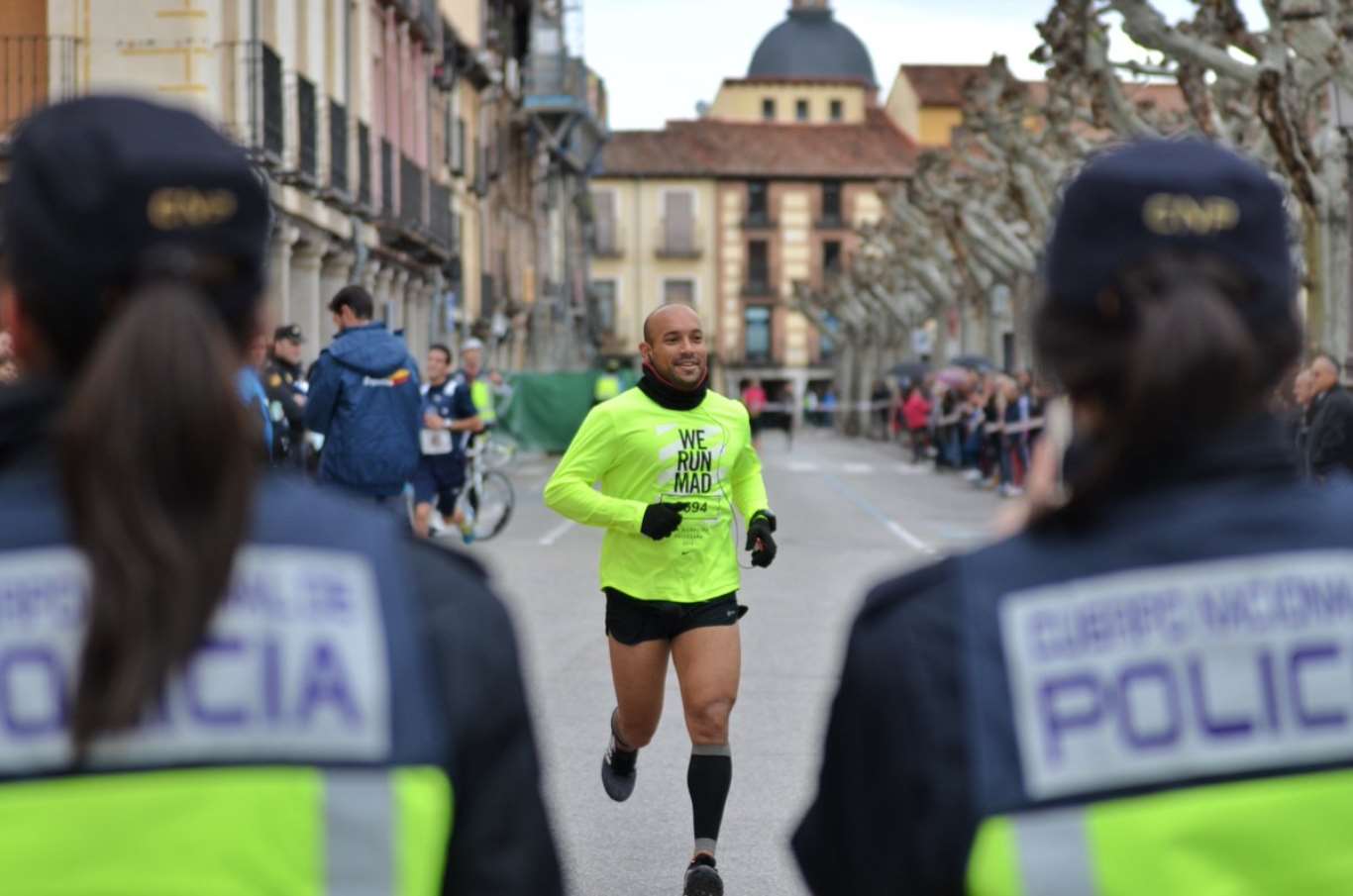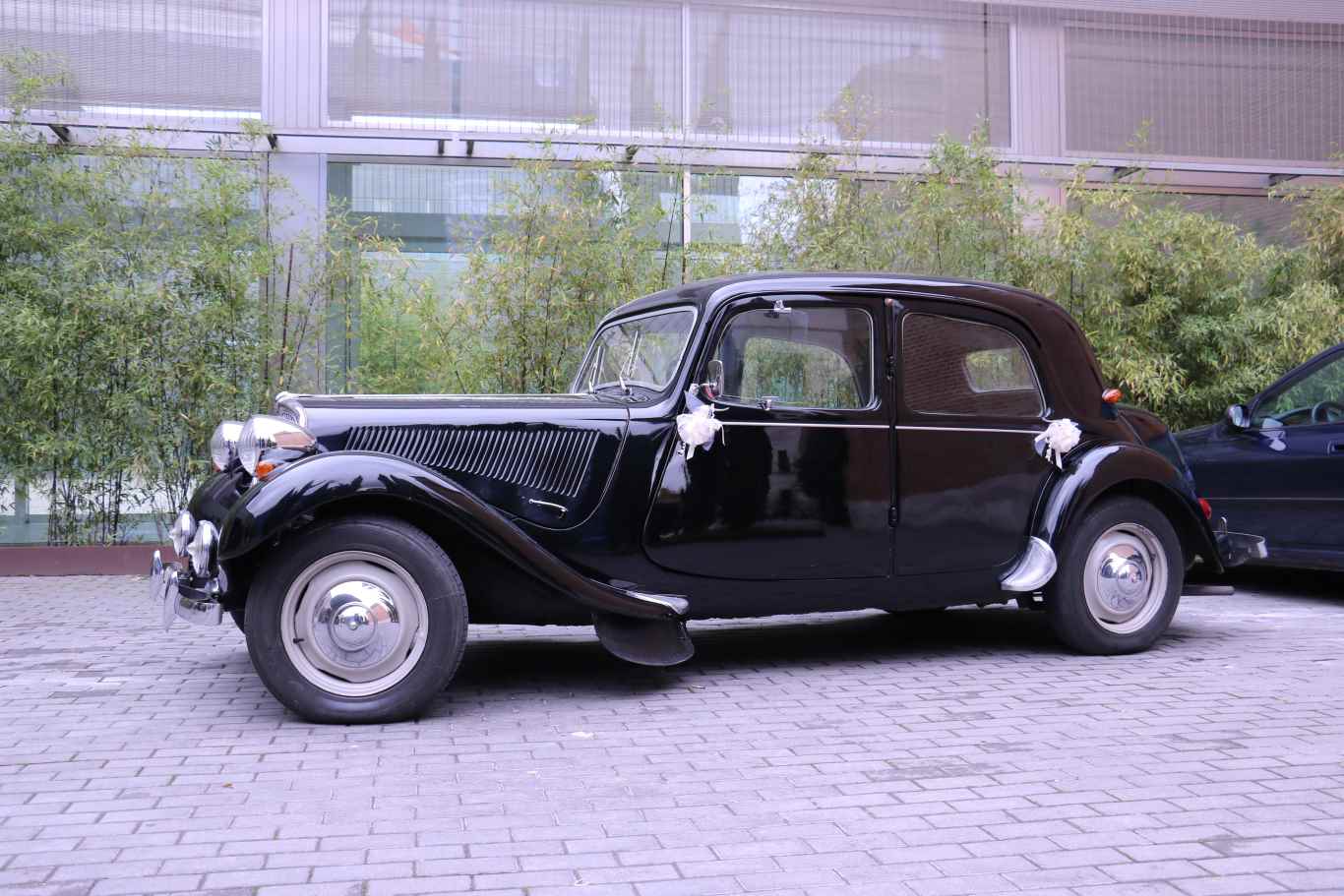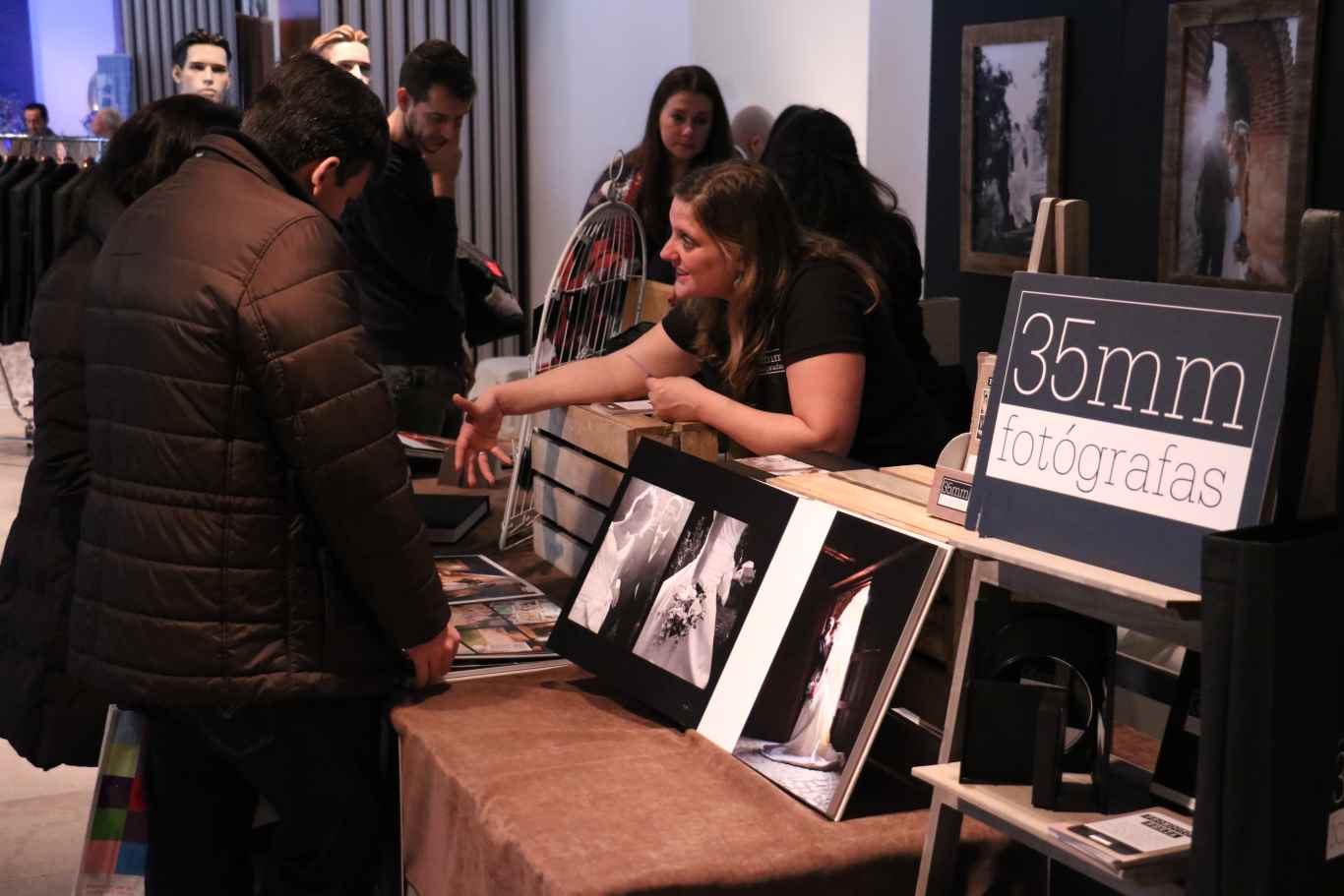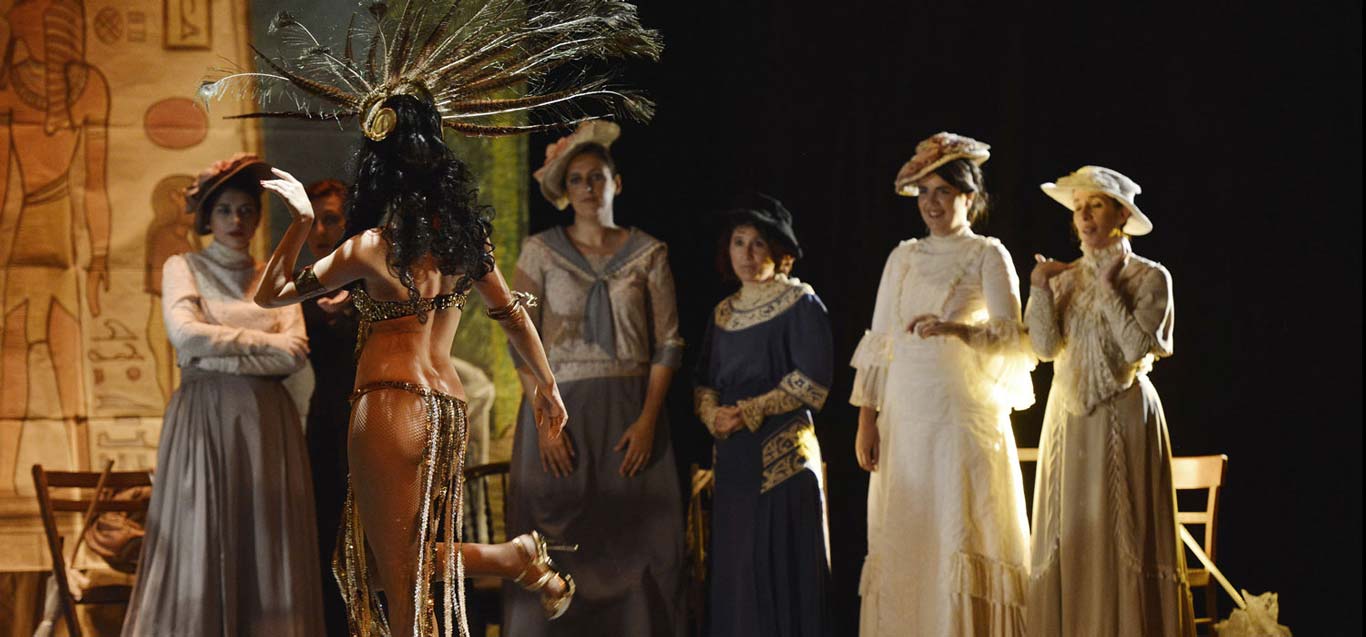Madrid suspende en el consumo de frutas, verduras y hortalizas. Y es que sólo el 12,5% de la población adulta madrileña afirma consumir las cinco raciones diarias que recomiendan los expertos.
Un dato que aunque bajo, supera a la media estatal, que se sitúa en el 11%. Así lo pone de manifiesto el primer Estudio Lidl – “5 al día” sobre los hábitos de consumo de estos alimentos.
El estudio demuestra que en nuestro país todavía queda mucho por hacer en la promoción de hábitos de vida saludables, y por el que Lidl, en colaboración con “5 al día”, ha puesto en marcha la campaña itinerante de concienciación “Frutitour”.
Una iniciativa que hoy visita la plaza de Cervantes de Alcalá de Henares y que esta mañana ha recibido la visita de la concejala comercio Yolanda Besteiro y la concejala de educación, Diana Díaz.
Según el estudio impulsado por Lidl, los madrileños consumen una media de 1,6 piezas de fruta fresca al día y 1,1 raciones de verduras y hortalizas. Pese a estos datos, que están por debajo de las recomendaciones de los expertos, cabe destacar que un 63% de los encuestados asegura haber incrementado su consumo de estos alimentos en los últimos 5 años.

Cerca del 20% de los niños y adolescentes en Madrid no consumen fruta fresca a diario
Aunque la falta de hábitos alimentarios saludables afecta a todas las edades, resulta especialmente preocupante entre los menores, ya que sus hábitos de consumo afectarán a su desarrollo futuro.
De hecho, cerca del 20% de los niños y adolescentes en Madrid no consumen fruta fresca a diario, mientras que el 39% lo hace sólo una vez al día. Son datos que se encuentran muy por debajo de la media diaria recomendada por los expertos, que también llaman la atención en el caso del consumo de verduras: el 47% de los niños no consumen estos alimentos a diario.
A raíz de estos resultados Lidl, en colaboración con “5 al día”, ha impulsado la iniciativa de concienciación “Frutitour”, que desde que inició su andadura el pasado mes de junio ya ha visitado 48 municipios y llegado a más de 30.000 niños.
Yolanda Besteiro, concejala comercio del Ayuntamiento de Alcalá de Henares, ha agradecido durante su visita a Lidl “por traer esta iniciativa tan interesante a Alcalá de Henares. Desde el Ayuntamiento estamos altamente comprometidos con la promoción de hábitos de vida saludable”.


España también suspende
Aunque el 55% de los españoles aseguran haber aumentado su consumo de fruta y verdura en los últimos cinco años, sólo el 11% de los adultos en España consumen las cinco raciones de fruta y verdura diarias recomendadas por los expertos. De hecho, la media de consumo española se sitúa en las 2,6 raciones al día.
En el caso de los niños, las cifras también son llamativas: el 39% de los niños consumen sólo una ración de fruta fresca al día, especialmente a la hora de la merienda (63%). En cuando al consumo de verdura y hortalizas, el 31% de los niños la consumen una única vez al día, mayoritariamente a la hora de comer (94%).

“Frutitour”, una campaña itinerante para fomentar hábitos de vida saludables
Lidl, en su compromiso con la sociedad española en materia de nutrición, ha impulsado en colaboración con “5 al día” la campaña “Frutitour”, con el objetivo de concienciar a la población sobre la importancia de consumir las raciones de frutas y verduras que recomiendan los expertos.
Michaela Reischl, responsable de Responsabilidad Social Corporativa (RSC) de Lidl España, asegura que esta iniciativa “supone un paso al frente por parte de Lidl en la búsqueda permanente de ayudar en la mejora de los hábitos saludables de la sociedad española en materia de alimentación, tras detectar con el estudio presentado hoy, que aún queda mucho trabajo por hacer en este sentido, tanto en Alcalá como en el resto de España”.
Durante su recorrido hasta finales de año, la campaña “Frutitour” visitará 70 municipios españoles e impartirá talleres y dinámicas que enseñarán cómo incorporar el consumo de frutas y hortalizas a la alimentación diaria de una forma sencilla y divertida. Además, también se insistirá en la necesidad de complementar una dieta saludable con la práctica regular de ejercicio, mediante la organización de actividades lúdico-deportivas.
La campaña va en línea con las recomendaciones dadas por la Organización Mundial de la Salud (OMS) de una dieta baja en grasas saturadas, sodio y azúcares añadidos y rica en frutas y hortalizas, cereales integrales (pan, pasta, arroz) y legumbres, entre otros, así como mantener un estilo de vida activo para prevenir las enfermedades crónicas más comunes (la obesidad, diabetes, enfermedades cardiovasculares…)
Según Joaquín Rey, presidente de la asociación “5 al día” “el consumo de, al menos, 600gr/persona/día de hortalizas podría evitar la muerte de 2,7 millones de personas, así como el 19% de los casos de cáncer gastrointestinal y el 31% de los casos de cardiopatía isquémica”.
El pasado mes de marzo, Lidl fue premiado por la organización “5 al día” por su compromiso con la difusión de mensajes saludables y la promoción del consumo de fruta y verdura.

Sobre “5 al Día”
“5 al día” es un movimiento internacional que promueve el consumo de al menos 5 raciones de frutas y hortalizas al día. Surgió en Estados Unidos en 1989, como respuesta al preocupante deterioro de los hábitos alimenticios de la población, que registraban un notable descenso del consumo de frutas y hortalizas, lo cual se traduce en un mayor riesgo de padecer diferentes enfermedades.
Ahora está presente en más de cuarenta países de los cinco continentes, lo que supone la mayor estrategia de promoción del consumo de frutas y hortalizas en el mundo.
En España, la entidad que gestiona esta iniciativa desde el año 2000 de forma autónoma es la Asociación para la Promoción del Consumo de Frutas y Hortalizas “5 al día”, una Asociación sin ánimo de lucro y de ámbito nacional. Además esta iniciativa cuenta con el apoyo de organismos internacionales como la Organización Mundial de la Salud, la FAO y el Instituto Europeo para la Investigación del Cáncer, así como con el resto de foros y organizaciones que promueven la importancia de una dieta equilibrada como factor determinante en la prevención de las principales enfermedades.

Lidl, primer comprador de la huerta española
Lidl España compra productos de la huerta española, que comercializa en los 27 países europeos, en los que está presente a través de sus 10.000 tiendas. Así, sólo en 2015 Lidl compró al sector agroalimentario español productos de la huerta por un valor de más de 3.000 millones de euros, de los que la mitad se exportaron.
Cifras que nos han hecho ocupar la posición como cliente número 1 de la huerta española, ya que Lidl compra más de un millón de toneladas de fruta y verdura en el campo español, lo que corresponde al 6% de la producción agraria total.
Lidl Supermercados, filial en España de la alemana Lidl Stiftung, es una cadena de supermercados posicionada a medio camino entre el hard discount y el supermercado tradicional. Lidl Stiftung forma, junto con la cadena de hipermercados Kaufland, el Grupo Schwarz.
Con una facturación total de 79.000 millones de euros en 2014, el Grupo Schwarz ocupa el 4º puesto a nivel mundial en el ranking de distribución de alimentación y está presente actualmente en 27 países en Europa con una red de cerca de 10.000 establecimientos.
Lidl Supermercados entró en el mercado español en el 1994 con la apertura de la primera tienda en la ciudad de Lleida (Cataluña). En la actualidad posee una estructura de más de 535 tiendas, diez plataformas logísticas (Valencia, Vitoria, Sevilla, Madrid, Barcelona, A Coruña, Málaga, Murcia, Tenerife y Alcalá de Henares) y un equipo humano integrado por 11.500 profesionales.
En la Comunidad de Madrid, la compañía dispone de 60 tiendas y emplea a 1400 personas. Además, el pasado mes de septiembre Lidl inauguró su décima plataforma logística en Alcalá de Henares, siendo la más sostenible de Europa. La plataforma logística se convertirá en 2018 en la más grande y la más avanzada tecnológicamente del grupo en todo el contiene europeo.









